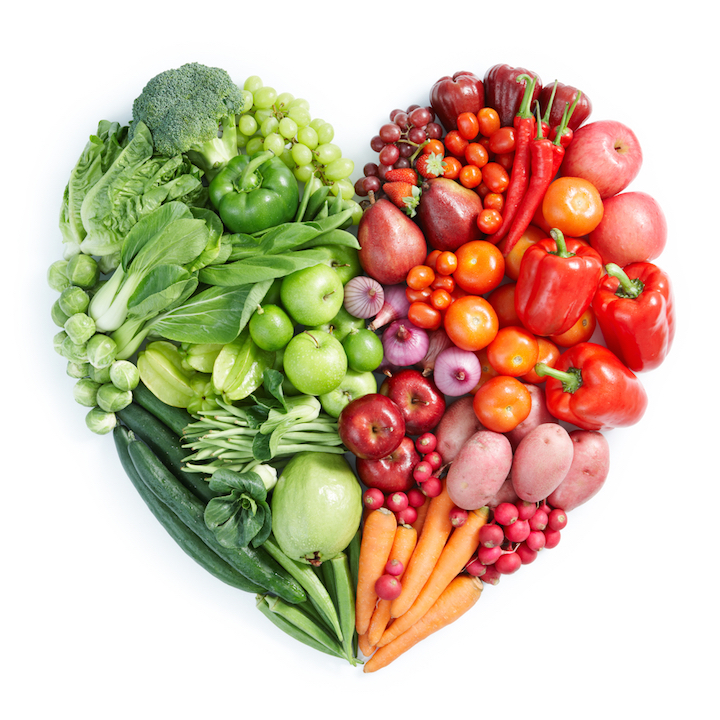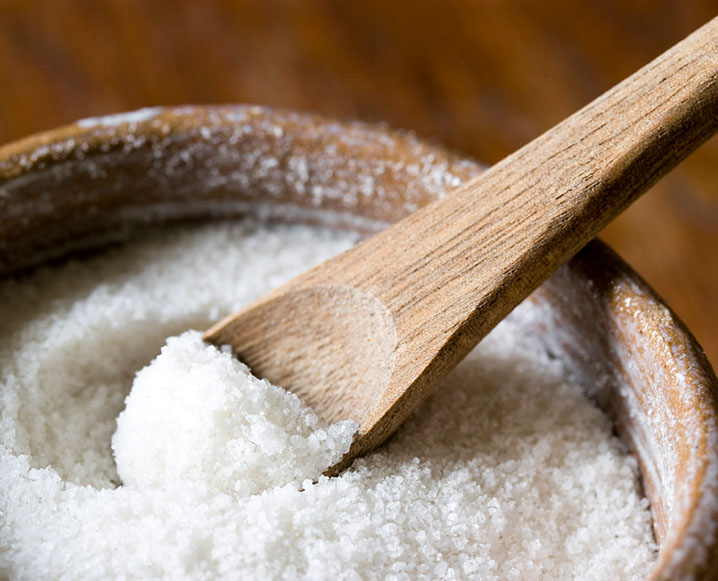Fast Food
Studies Point Out That Monosodium Glutamate Is Safe!
Food and unsafe just don’t go together! The only thing food should be prefixed with is good – or its superlatives of the same effect. But sadly, a lot of people don’t seem to agree which has resulted in the recall and ban of a lot of food items lately.
The ongoing discussion around acceptable levels of monosodium glutamate (MSG) to be included in packaged food brings into focus the role that biochemistry plays in the foods consumed by us.
Recap: Bio Class
The human body uses a complex mechanism for converting the food we eat into simpler compounds that provide nourishment. The proteins we eat are broken down into amino acids. Glutamic acid is one such amino acid derived from proteins. In fact, glutamine is the most abundant amino acid present in the body.
Monosodium glutamate (MSG) on the other hand is the sodium salt of free glutamic acid and provides a flavor function that occurs naturally in food. Free glutamate is also found in some of the foods we eat everyday such as cheese, mushrooms, milk, tomatoes, and chicken among others. Glutamate is responsible for the special ‘Umami’ (sweet, sour, bitter and salty) flavour and taste in these foods.
It is important to note that the glutamate amounts originating from our foods are still considerably lower than the amount the body produces. Food-derived free glutamate and glutamate derived from food additives are similarly metabolized in the human body.
So What’s The Problem?
MSG has not always been in the good books of food experts and some studies have also questioned its safety when it comes to public consumption. There is a common consent, however, in the scientific community and amongst international regulatory bodies, that MSG when consumed in appropriate amounts is safe. These conclusions are based on numerous studies conducted over four decades. They concluded that conventional toxicity studies using dietary administration of MSG in several species did not reveal any specific toxic or carcinogenic effects.
Although MSG is perceived to contain high levels of sodium, in fact, it contains less than a third the amount of sodium we consume as common salt. When MSG is added, the dish requires less common salt than normal, reducing the total sodium intake. Take that, cholesterol!
Today, we buy and use a variety of packaged and processed foods. Food manufacturers are continuously looking for innovative ways of adding nutritional value and enhancing the health benefits of these foods. As consumers we need to learn more about food safety and quality and rely on scientific and rational evidence in making our choices.
In Conclusion
The addition of MSG might not necessarily be the reason behind our foods’ unhealthy factor. Why did the ban Maggi then, you ask? The excessive content of lead steered the instant noodles’ wagon into the ‘unhealthy’ ditch. So yeah, you can go ahead and trash all ‘MSG is unhealthy’ banners now.





















